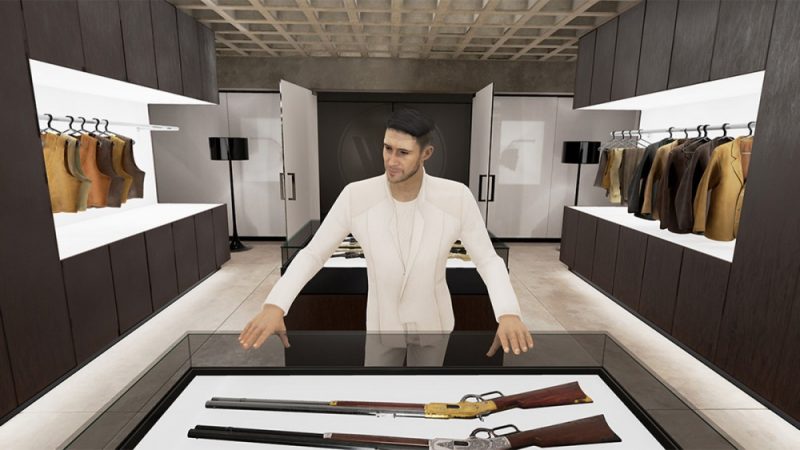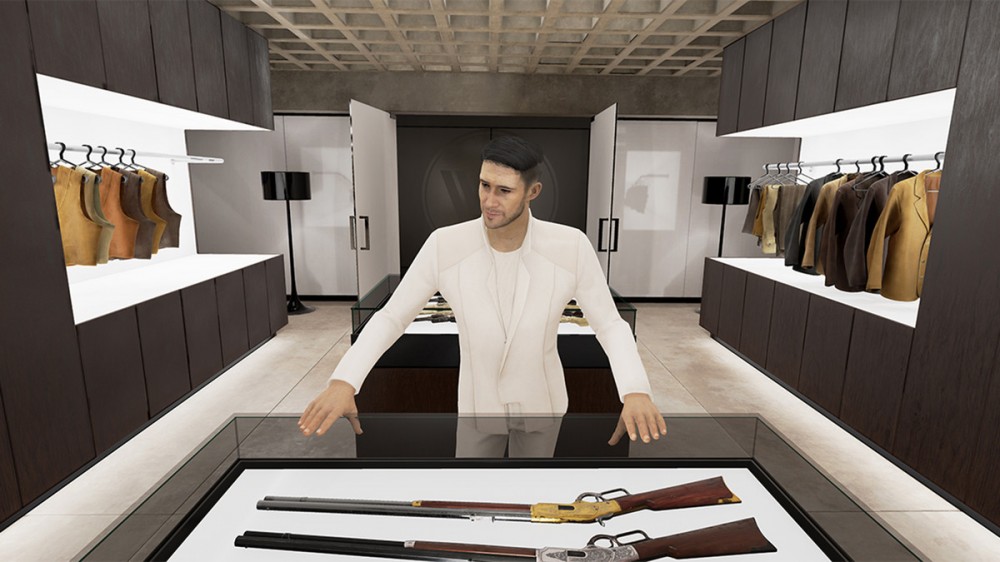How HBO created a Westworld VR experience that lets you step into the show


So, it’s no surprise the network has greenlit a second season of the sci-fi Western, which was initially inspired by Michael Crichton’s original film.
For serious fans, however, there’s another way to experience the Westworld universe. HBO’s new internal virtual reality division spent the past year working with Westworld creators Jonah Nolan and Lisa Joy to create an exclusive HTC Vive virtual reality experience, one that transported fans at this year’s TechCrunch Disrupt and New York Comic Con conferences right into the virtual version of the park. And this is just the beginning of HBO’s focus on exploring virtual reality, augmented reality, and mixed reality experiences.
Ryan Wilkerson, vice president of experience design at HBO, said the company actually began its VR journey five years ago, long before the Vive was even announced.
“We recognized the role that technology was going to play for our service and how we tell stories,” Wilkerson told Digital Trends. “As a result, we made the decision to make a substantial human capital investment by assembling a best-in-class technology team. The members of this team come to us from the tech, gaming, and digital/streaming services industries. They not only have exceptional technical aptitude and talent, but also experience in working side-by-side with creatives to help empower their voice.”
“What better way to love our shows than to be immersed in them?”
The company’s first foray into virtual reality was through an external partnership with Framestore VR Studio and Relevant, which created the Game of Thrones: Ascend the Wall experience that debuted in 2014 and has toured the globe. Wilkerson explained how the “4D experience,” which included a rumble plate, was evidence of how a physical experience could play a critical role in the illusion of presence.
“It did a great job with pacing, and transporting people into a world that is familiar from the show, and inevitably leading you towards an emotional (and sometimes physical) reaction,” Wilkerson said. “The experience was well received, and judging from lines that people were willing to wait on, showed us that there is some real desire to experience stories this way.”
HBO has since invested heavily in its VR division, which is spread across multiple teams in three locales, comprising artists, sound designers, UX designers, and engineers with backgrounds in high-end gaming. The developers work closely with HBO creative and programming execs, as well as the social media and marketing teams.
“Virtual reality has the promise to really deliver on creating a special experience for storytelling, ones that the creative teams we work with can use in a unique and compelling way,” Wilkerson said. “It is early days in its evolution and right now; for us it’s about experimenting and figuring out how creative and tech teams work together to utilize this medium in the best way possible.”
Admission to Westworld
When HBO’s VR team set out to develop this particular experience with the Westworld creative team, Wilkerson knew it was going to be a very special collaboration, bridging real-time CG, live-action 360 video, and location-based environmental design. The experience runs on Epic Games’ Unreal Engine 4, which also powers popular video games like The Coalition’s Gears of War 4 and virtual reality experiences like Phosphor Games’ The Brookhaven Experiment.
In the year leading up to this project, the team was focused on R&D for all aspects of VR technology: including runtime engines, real time character performance, 360 video cameras, and content pipelines.










